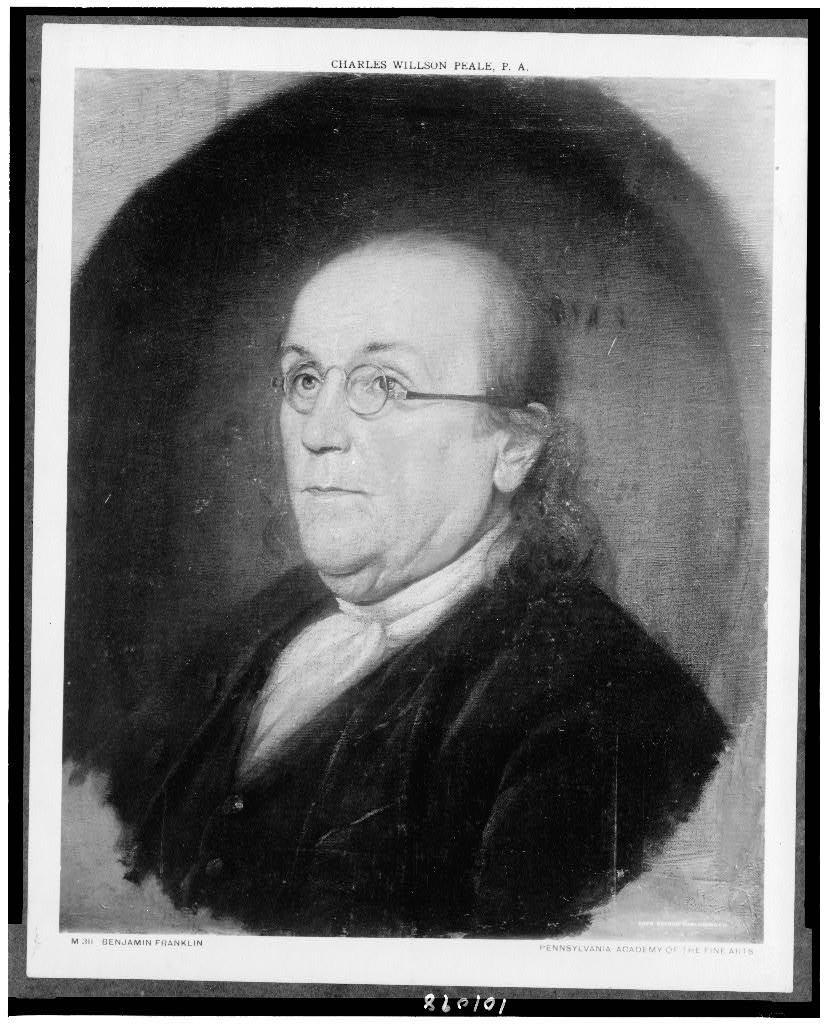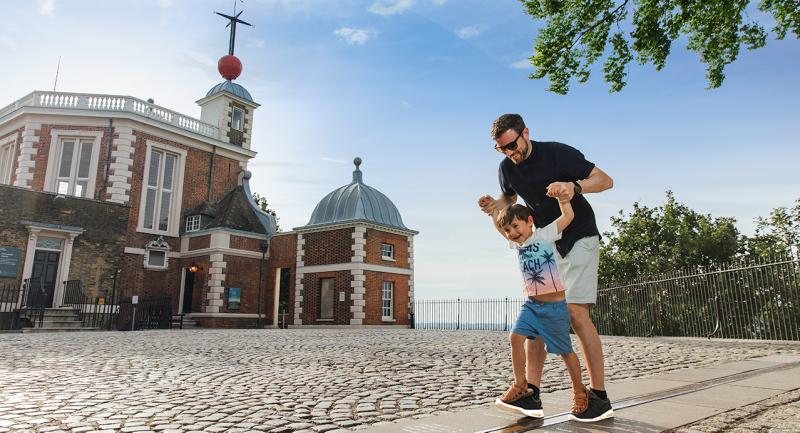What is British Summer Time (BST)?
British Summer Time is a mechanism to make the most of increased summer daylight hours in the northern hemisphere.
When does British Summer Time start and end?
BST starts when the clocks go forward in spring. At 1am on the last Sunday in March, clocks 'spring forward' by one hour.
BST ends when the clocks go back in autumn. At 2am on the last Sunday in October, the clocks 'fall back' by an hour.
Although this change has no effect on the length of each day, sunrise and sunset each appear an hour later in the summer. This was particularly significant at the introduction of British Summer Time in the early 20th century.
British Summer Time change dates
Year | Date |
| 2024 | 31 March to 27 October |
| 2025 | 30 March to 26 October |
| 2026 | 29 March to 25 October |
Why do we have British Summer Time?
The idea of summer time or daylight saving time was mentioned in 1784 by Benjamin Franklin, the American inventor, scientist and statesman. However, it wasn't until 1907 that a serious proposal for daylight saving time was made in Britain by William Willett. Angry at the waste of daylight during summer mornings, he self-published a pamphlet called "The Waste of Daylight".
In 1916, a year after Willett’s death, Germany became the first country to adopt daylight saving time. The UK did the same a few weeks later, along with many other nations involved in the First World War (1914-1918).
Within a few years of its introduction, many countries across the world adopted Daylight Saving Time. However, the benefits of it have been an ongoing debate since it was first introduced.
The Second World War and 'British Double Summer Time'
During the Second World War (1939-1945), British Double Summer Time - two hours in advance of Greenwich Mean Time (GMT) - was temporarily introduced for the period when ordinary daylight saving would be in force. During the winter, clocks were kept one hour in advance of GMT to increase productivity.
Has British Summer Time ever been changed since?
With the war over, Britain returned to British Summer Time except for an experiment between 1968 and 1971 when the clocks went forward but were not put back. The experiment was discontinued as it was found impossible to assess the advantages and disadvantages of British Summer Time.
Should we change British Summer Time?
Campaigners have sought a return to British Double Summer Time or a permanent British Summer Time to save energy and increase the time available in the evenings. An attempt was made by backbench MPs to change BST but The Daylight Saving Bill 2010–12 was not passed by the House of Commons.
Opponents pointed out that in the north it would create social disadvantages: for instance, in the far north-west of Scotland sunrise would occur at about 10am in winter, and over much of the north children would have to travel to and from school in darkness.
British Summer Time and the European Union
The British Summer Time Act was created in 1972 which started the tradition of changing the clocks in late March (subject to the date of Easter) and late October. Twenty years later, the changing of the clocks in Britain was aligned with other European countries and from 2002 onwards, the EU stipulated that all member states should adjust their clocks on the last Sunday in March and October. Iceland is exempt from this directive, due to its northerly latitude and extreme variations in daylight and darkness throughout the year.
In March 2019 the European Parliament backed a proposal to end the practice of changing the clocks in European Union states. Initially the plan was for EU nations to change their clocks for the last time in 2021, but the legislation has stalled in recent years. For the time being, EU nations continue to implement seasonal time changes.
Daylight saving time around the world
Currently, about 70 countries worldwide adopt some form of daylight saving, mainly in Europe and North America. For countries in the equatorial regions, there is little variation in the length of daylight across the year, with roughly 10-12 hours of daylight and 10-12 hours of darkness each day, so daylight saving offers no benefit.
Interesting facts about the clocks changing
Curator of the Royal Observatory, Louise Devoy, shares her favourite facts about the day the clocks change...
"When the clocks first changed in 1916, there were concerns that delicate striking clocks could be damaged by people trying to force the hands back an hour. Official warnings and guidelines were printed in newspapers and magazines to reduce the number of clock ‘casualties’.
"For others, changing the clocks was a well-established practice. My favourite example is King Edward VII who enjoyed hunting at his country estate in Sandringham, Norfolk. He wanted to make the most of the daylight and so in 1901, he stipulated that all clocks on the estate should run 30 minutes fast, thus creating his own ‘Sandringham Time’. It must have been very confusing for guests!"







